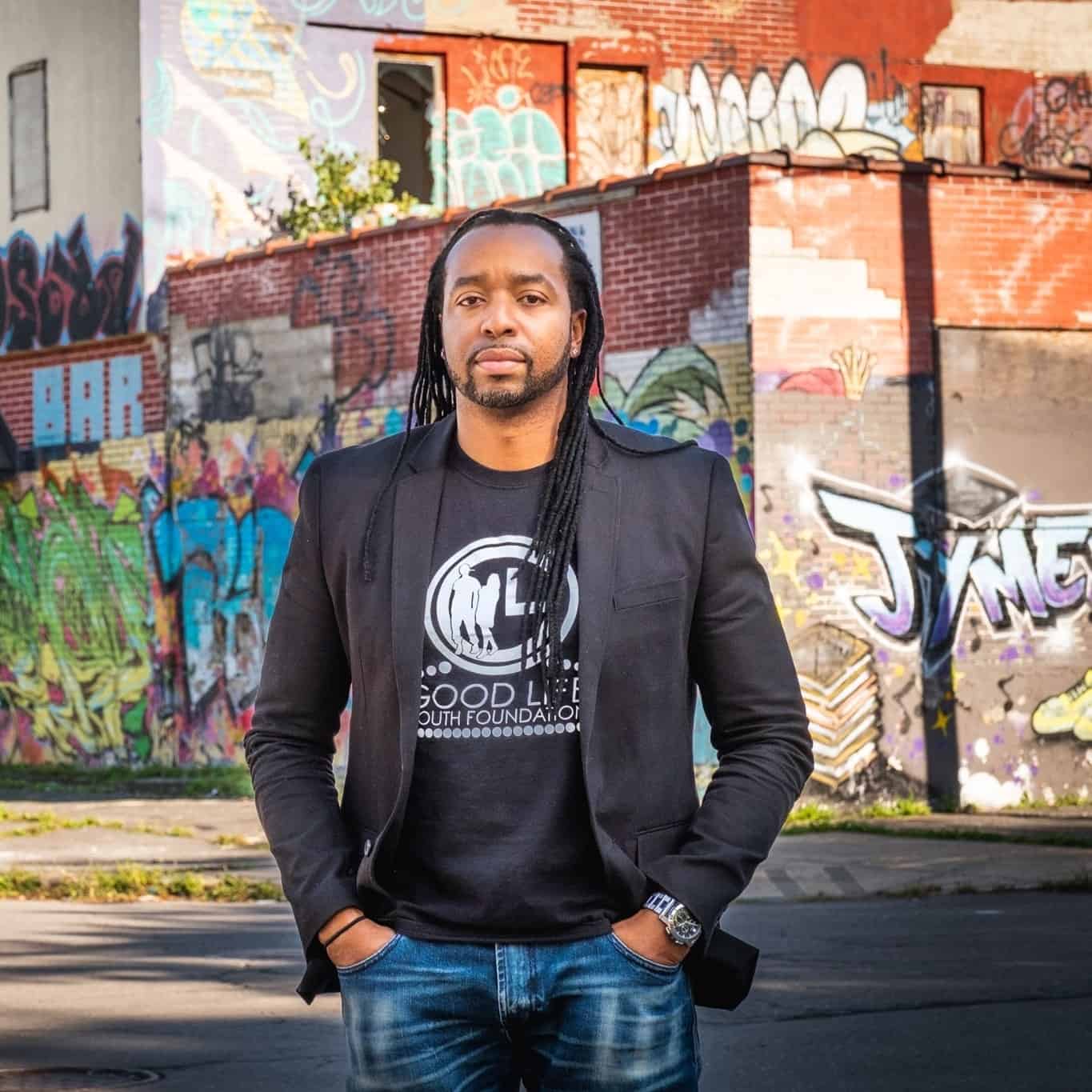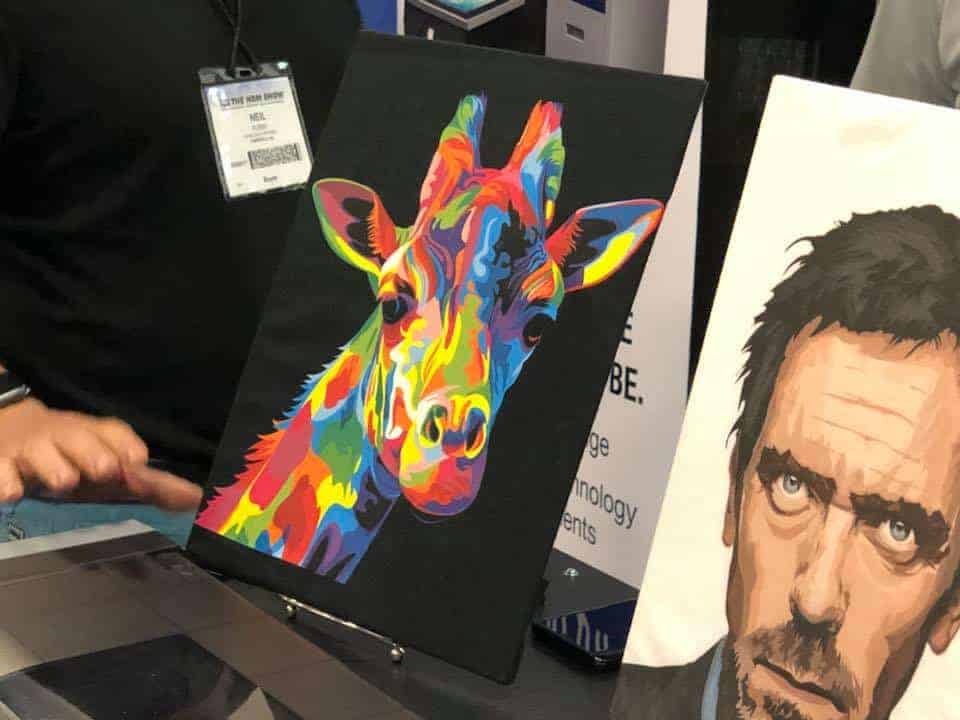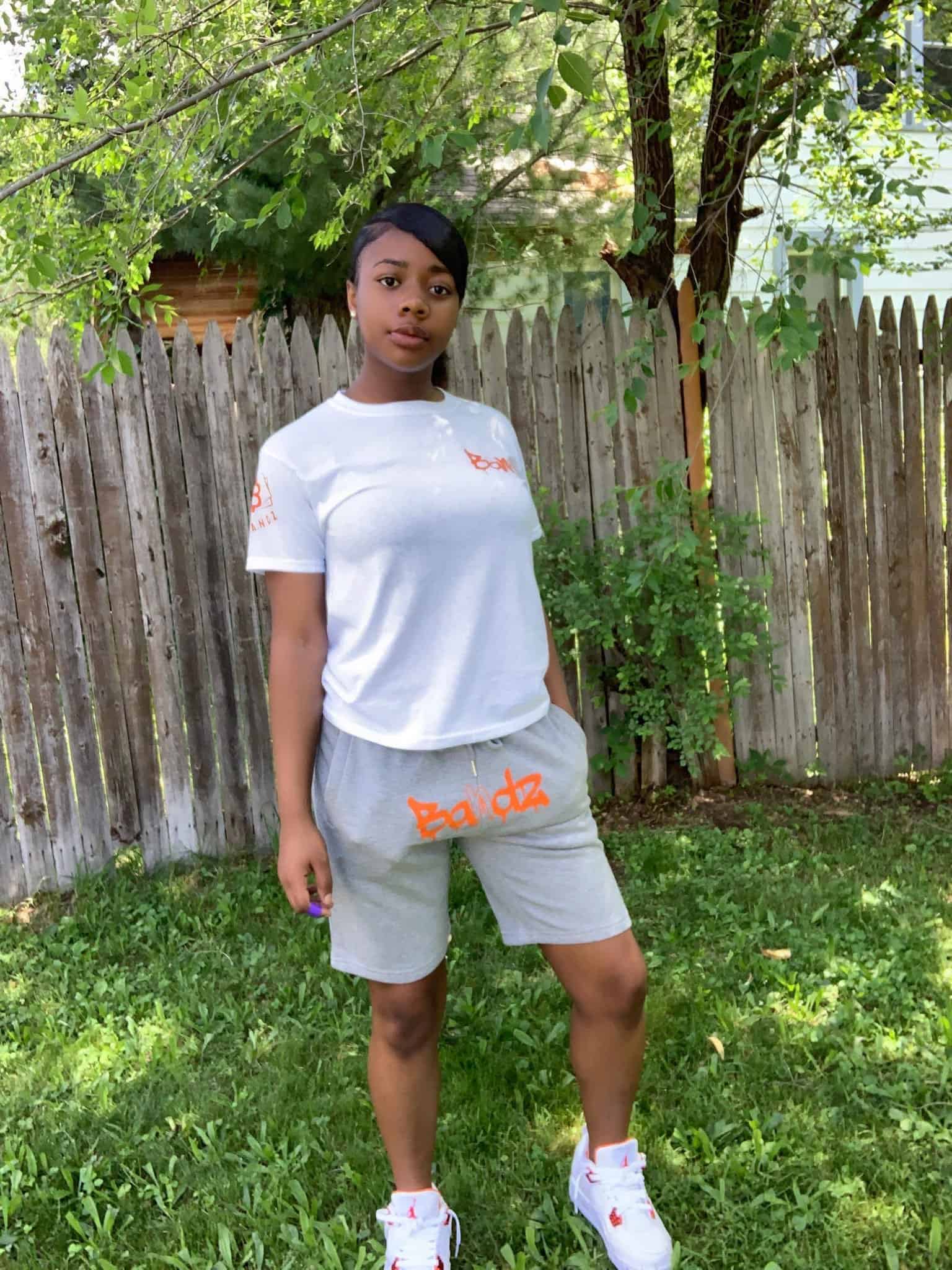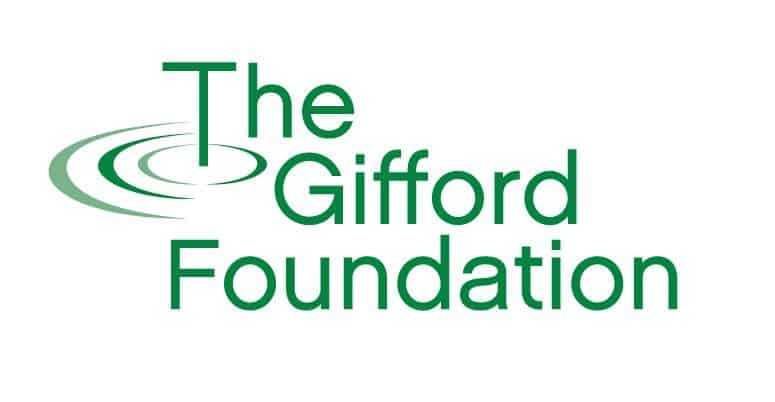Hasan Stephens on Identity and Opportunity
We sat down with the CEO of The Good Life Foundation to discuss youth programming, the challenges of concentrated poverty, and their latest project located in the Salt City Market.
Published August 10th, 2021
Gifford: The Good Life Foundation recently unveiled a new retail space located within the Salt City Market called The Life. Tell me about its mission and how the project got started.
Hasan Stephens: To talk about The Life, first I’d have to share about GL Imprinting. GL Imprinting started because we wanted to figure out an entrepreneurial venture that would give kids a chance to be creative. When you talk about hip hop culture, fashion is very big and style is important so we got a printer and see about designing t-shirts and clothes in general. That grew, and GL is now the only nonprofit organization with the licensing to produce SU apparel and we are currently negotiating with other universities as well.
The Life is an extension of GL that allows youth venders to put their products in a store, generate revenue, and get market feedback. The Allyn Foundation approached us and we worked out a deal where we produce and design the Salt City Market merchandise and in return, we are able to use their space. Now the program has grown to include other brands from youth vendors – we have two young ladies doing beauty products and another doing her own hair scarves, among others.

Hasan Stephens is the CEO of The Good Life Foundation. Through partnerships with Syracuse University, The Salt City Market, and others, he connects young people with business training and employment opportunities.
Gifford: The Good Life Foundation has expanded considerably since you started it in 2012. You run five separate programs targeting youth of different ages and behavioral backgrounds, and you have active partnerships with a range of local institutions including the Syracuse City School District, Manufacturers Association of New York, and others. Shortly before the COVID pandemic, The Good Life Foundation received $20,000 in funding from The Gifford Foundation to help support its rapid growth. What advice can you share about the challenges of keeping an organization stable while so many of its services are growing and changing?
Hasan Stephens: Grassroots nonprofits of color often lack the resources to be sustainable in the same way as larger, grandfathered organizations so we have had to be very strategic about how we grow along with the programming. Sometimes the programs grow, grow, grow because people want to access them but then the infrastructure doesn’t grow administratively to support that growth. We have been on a mission to do strategic mapping and add to our infrastructure so it can handle that growth of services without compromising the scale or quality of those programs. We are seeing success, and I am very optimistic about where we are headed as an organization. I think that it is key to grow administrative capacity as you expand your programs to reach more people.
Gifford: You work with kids between the ages of 13 and 24 which is a pretty big age range. How do your services differ between younger teens versus youth who are already in their twenties?

Hasan Stephens: The main focus with our older participants is to teach them about entrepreneurship and help them cultivate their brands. They are mature enough to think about business and we work with them to get them to go off on their own. But because we are working with a younger demographic too, those who are under 18 often still need help navigating social hurdles and understanding their identity. With them, we offer experiential learning opportunities through one of our own companies like GL Imprinting so they can get experience before starting their own venture.
We also work to build their self-esteem and help them to redefine what “cool” means. So much of the youth culture is about identity, so when you have been disenfranchised and you have been oppressed, you try to build self-esteem and understand who you are as a man. From a cultural standpoint, children are trying to get clout out in the streets and it’s our job to show them different ways to be “the man” by showing them examples of people who look like them but are in really great industries.
Gifford: Whether you are launching your own business or starting at an entry level position at a larger company, there is a lot of sacrifice involved in the early stages. How do you convince young people to see the long game?
Hasan Stephens: Part of it is making a comparison. If you are in the streets and what you know is selling drugs as your pathway to being stable and having nice cars and all of the things we say are part of the American Dream, then you are going to follow the pathways you have been shown. And these kids have seen and been shown that particular pathway. I explain to them that while they can make more money selling drugs, they won’t be able to keep it so in the long run you will actually make less money.
The Freakonomics economist Stephen Levitt did a study where he found that most drug dealers end up making less than minimum wage when you factor in time spent, time lost to prison, and the other threats and risks. We highlight that and also present them with other opportunities. It’s not random that kids are selling drugs – they do what they see and what they are familiar with. But if we make them familiar with other things, often times their interests pop out and they do more that is healthy and pro-social.

GL Imprinting, a subset of The Good Life Foundation, gives young people a chance to create and print their own designs while participating in running a business.
You have to understand the systemic reasons behind why youth are doing what they’re doing. When you really understand the history then we won’t be so quick to penalize the people who are actually the victims of systemic racism. Secondly, for those who think in a punitive manner – it’s important to understand the benefits of the alternatives to incarceration. It costs about $892,000 per year to incarcerate one youth. Those are staggering numbers. $892,000 per year to incarcerate one youth who is then going to go into the criminal system and become more criminalized and often become a repeat offender and become a lifelong inmate. Compare that to programs like ours which cost a fraction of that and give them the tangible skillsets that they have been disconnected from.
Gifford: You have many years of experience working with youth, especially those in difficult situations. Before starting The Good Life Foundation, you worked for a time at the Hillbrook Detention Center. Through those experiences, what do you think most people misunderstand about the backgrounds of these young people?
Hasan Stephens: Concentrated poverty means that the effects are much more damaging, that the effects are that much more severe because we are in a small and segregated area where the effects of poverty do that much more damage. When you understand that these kids are really in survival mode, that’s when you can empathize a little bit more and see that they are struggling with systemic issues that you may not have any knowledge or awareness of. There are limited resources and no one is pumping resources into this community that has historically been disconnected, ravaged by I-81, ravaged by the War on Drugs, ravaged by so many different things that are dangerous and detrimental to the people. You’re talking of levels and generations of poverty that compound and role downhill. Imagine coming to a house in the middle of winter and the glass in the front of the home is knocked out so snow is pouring into the living room of the house. These are the types of real stories that I personally have seen and come across, and I can tell you that that is only a fraction of what my staff sees because they are more engaged. When you can humanize the population you say you want to help by actually seeing and meeting them, understanding how intelligent they really are, how talented they are, you start to shift and change your perspective.

Youth Spotlight
Brielle Jennings
Brielle heard about The Life through CNY Works, a summer program that provides jobs to young people. Through them, she was given a job at the Good Life Foundation to sell merchandise and work in their store. The opportunity has also opened doors for her to develop her own business. “I have my own clothing line called Bandz. Good Life gave me the opportunity to compete in a pitch competition where you sit and talk about your business and maybe earn between $1,000 and $10,000 to invest in your business.”
Brielle graduated this year from Corcoran High School and is now preparing to start studying Fashion Business Management in the fall at Genesee Community College. Working at The Life/Good Life Foundation has also connected her with other young entrepreneurs which she says has been inspiring. “The one that stood out to me is called ‘Spread Love’ which was started by this guy who lost his brother to suicide. The teddy bear and the rose that are on the clothing represent a gift he gave his brother… He really loves what he does.”
Subscribe to the Gifford Newsletter
Start enjoying our free quarterly publication today.


